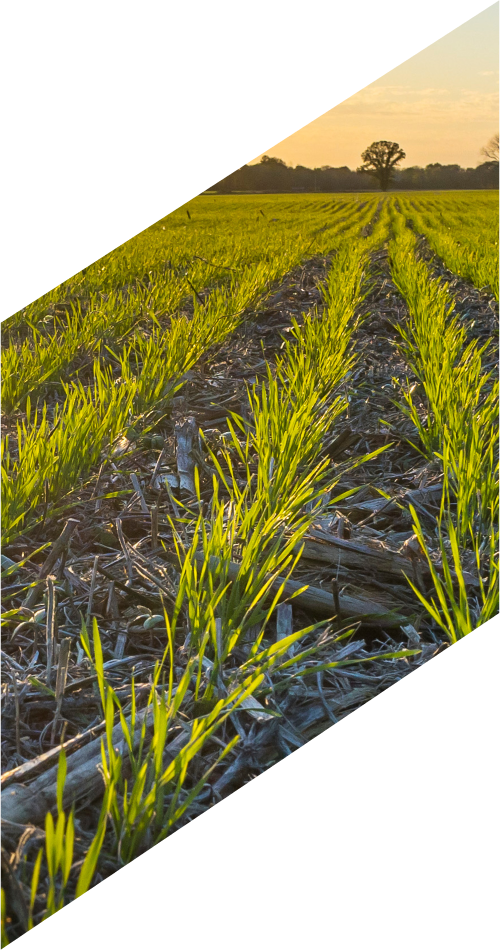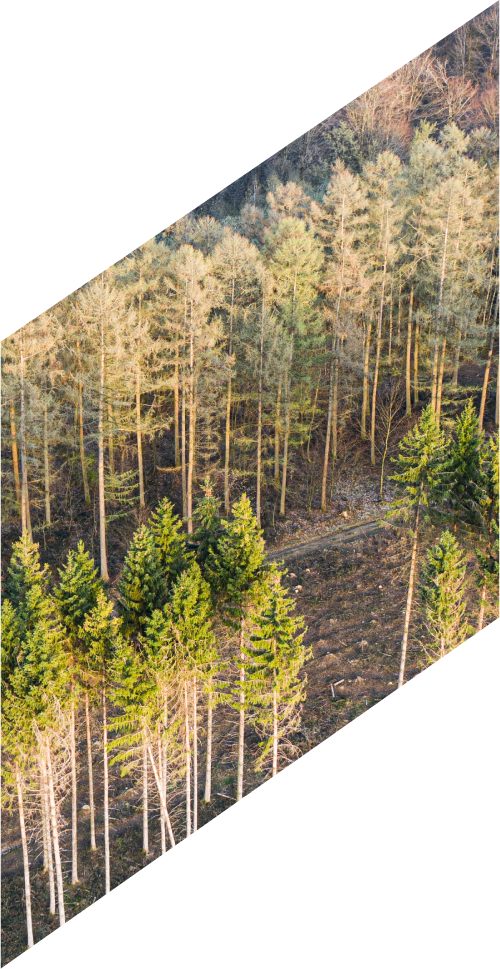
Our Programs & Protocols.
GHG Registry has developed two leading protocols for agriculture and agroforestry. The focus is on applying new technology and assessment methodologies that have been developed to allow for more accurate and scalable assessments of carbon credits.
The core of each protocol focuses on accurate baselining, ensuring real additionality, permanence in natural carbon storage. Our protocols focus not only on forward assessments but also on assessing land historically to help better baseline and de-risk future credits.
The protocols are built on a meta analysis base which takes into account hundreds of research and scientific papers in both the agriculture and forestry sectors. The meta analysis data is combined with the most accurate existing carbon transfer models and yearly validation.

Tillage Reduction (GHG0003).
–
Our Tillage Reduction GHG0003 protocol focuses on the implementation of reduced tillage practices the increase soil organic matter in the soil, boosting soil health and productivity, and locking in significant levels of carbon.
This protocol looks at baselining a farm historically by 20 years to identify management trends and existing carbon storage. Changes in carbon are then modelled through a combination of a research meta analysis and existing carbon transfer models. Tillage practices are monitored through remote sensing.

Shelterbelts (GHG0004).
–
Our Shelterbelts protocol focuses on retaining and encouraging the planting of more tree shelterbelts. Shelterbelts offer massive benefits to a farm field through blocking direct winds that could erode the most productive soil off the land. The trees themselves make the land more productive while also storing carbon for sometimes 100+ years in large quantities.
GHG0004 looks at baselining a shelterbelt historically by looking backwards to the planting date and quantifying existing carbon storage. Changes in carbon are then modelled through a combination of a research meta analysis and existing carbon transfer models. Shelterbelt presence and health is monitored through remote sensing.
Let’s start a conversation.
